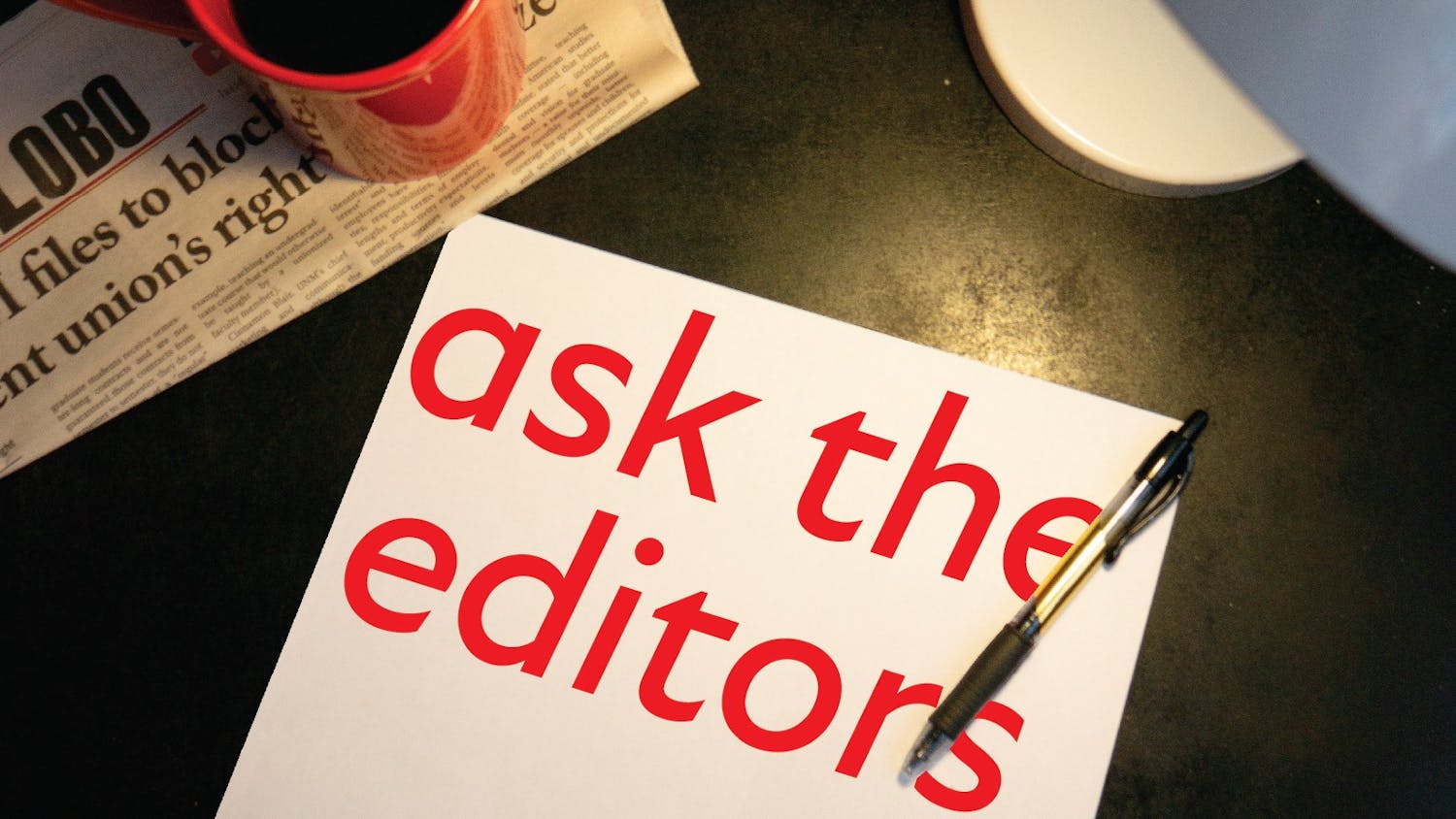With the development of atomic power at the end of World War II came a demand for uranium, a radioactive ore of which large deposits can be found in the Navajo Nation, which spans parts of Arizona, Utah and northwestern New Mexico.
Between 1944 and 1986 about 4 million tons of uranium ore was extracted from these lands, and many Navajo people worked in the mines and lived near them, according to the U.S. Environmental Protection Agency.
Today, more than 500 abandoned mines are left behind, and many homes and sources of drinking water contain elevated levels of radioactivity.
That’s where Johnnye Lewis, a UNM professor of toxicology, comes in. Lewis has spent the past 15 years working on multiple projects to study the health effects of uranium mining on the Navajo people.
“The U.S. government has treaty rights to protect the health (of the Navajo) and allow preservation of culture and those are enforced in varying degrees, but the weapons development that the uranium was mined for happened because of the federal government’s need for a defense program,” Lewis said. “That fiduciary responsibility through the treaties to protect Native Americans is very important, and yet we have very little data on their health. These are reasons to do what we’re doing.”
Her work began in 2000 with the Diné Network for Environmental Health Project, which examined the high rate of kidney disease in the Navajo population and its possible link to contaminated drinking water. Community members helped develop the study and collected data for 13 years.
“It’s the first time anyone has studied the exposure to uranium waste across the Navajo Nation,” said Chris Shuey, director of the Uranium Impact Assessment Program at the Southwest Research and Information Center. “With the results of the DiNEH Project we are able to say that living close to abandoned mines increases the likelihood for kidney disease.”
More recent exposure increased the likelihood of autoimmune diseases and high blood pressure, Lewis said. Much of the ongoing exposure is a result of people drinking water from unregulated wells that exceeded standards for levels of uranium and arsenic.
“People haul water from these wells for a lot of reasons,” Lewis said. “People don’t like the taste of chlorine; they have a history with the taste from a particular well; they have a history with spiritual connections ... but word has gotten out. If people are hauling, they are doing it from monitored sources or hauling bottled water.”
Lewis and her colleagues have designed maps highlighting the contaminated areas, as well as posted signs, created videos and newsletters and appeared on radio shows.
Lewis has also been working on the Navajo Birth Cohort Study that is part of a five-year plan called for by the U.S. House Committee on Oversight and Government Reform to address uranium contamination. The study is an “effort to determine whether uranium exposures affect birth outcomes and child development on the Navajo Nation,” according to their website.
“Before we started doing this there really were no comprehensive data on birth outcomes and development on Navajo,” Lewis said. “There’s not really a good idea of how well the developmental assessment measures normal development for Navajo and all of these measures can be culturally biased. We don’t know, for example, that language would develop at the same rate as in the dominant culture. You may be missing a kid who really is having trouble or misdiagnosing a kid when they are actually following a normal trajectory for that culture.”
Get content from The Daily Lobo delivered to your inbox
Marielle Dent is a staff reporter for the Daily Lobo. She can be reached at news@dailylobo.com or on Twitter @Marielle_Dent.





